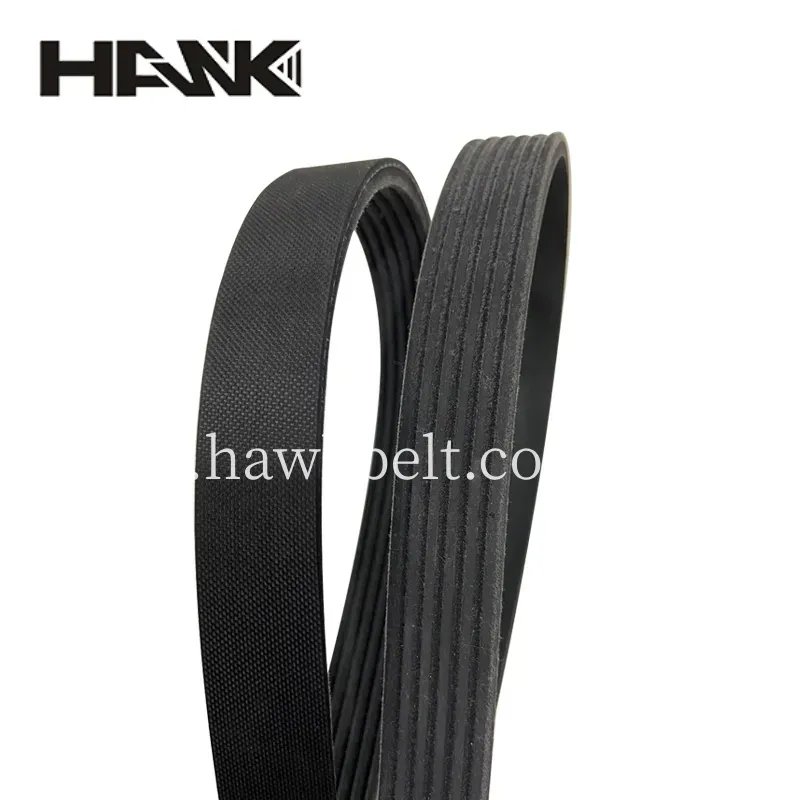- Arabic
- French
- Russian
- Spanish
- Portuguese
- Turkish
- Armenian
- English
- Albanian
- Amharic
- Azerbaijani
- Basque
- Belarusian
- Bengali
- Bosnian
- Bulgarian
- Catalan
- Cebuano
- Corsican
- Croatian
- Czech
- Danish
- Dutch
- Afrikaans
- Esperanto
- Estonian
- Finnish
- Frisian
- Galician
- Georgian
- German
- Greek
- Gujarati
- Haitian Creole
- hausa
- hawaiian
- Hebrew
- Hindi
- Miao
- Hungarian
- Icelandic
- igbo
- Indonesian
- irish
- Italian
- Japanese
- Javanese
- Kannada
- kazakh
- Khmer
- Rwandese
- Korean
- Kurdish
- Kyrgyz
- Lao
- Latin
- Latvian
- Lithuanian
- Luxembourgish
- Macedonian
- Malgashi
- Malay
- Malayalam
- Maltese
- Maori
- Marathi
- Mongolian
- Myanmar
- Nepali
- Norwegian
- Norwegian
- Occitan
- Pashto
- Persian
- Polish
- Punjabi
- Romanian
- Samoan
- Scottish Gaelic
- Serbian
- Sesotho
- Shona
- Sindhi
- Sinhala
- Slovak
- Slovenian
- Somali
- Sundanese
- Swahili
- Swedish
- Tagalog
- Tajik
- Tamil
- Tatar
- Telugu
- Thai
- Turkmen
- Ukrainian
- Urdu
- Uighur
- Uzbek
- Vietnamese
- Welsh
- Bantu
- Yiddish
- Yoruba
- Zulu
Қар . 27, 2024 22:49 Back to list
V-Belt Standard Size Chart and Specifications for Various Applications
Understanding V-Belt Standard Size Chart
V-belts are an integral part of many mechanical systems, serving as vital components in the transfer of power across various machines and equipment. They are designed to fit onto pulleys, allowing for an efficient transmission of energy from one component to another. Given their widespread use in industries ranging from automotive to manufacturing, understanding V-belt standard size charts is crucial for engineers, technicians, and anyone involved in equipment maintenance.
What is a V-Belt?
A V-belt is a type of flexible belt that has a trapezoidal cross-section. This design allows for increased friction between the belt and the pulley, which generates more power transfer without slipping. The efficiency and reliability of V-belts make them a popular choice for driving machinery. They are available in various sizes and materials, ensuring compatibility with different applications.
The Importance of Standard Size Charts
Standard size charts for V-belts provide essential specifications such as length, width, thickness, and type. Each measurement is crucial for ensuring that the belt fits the pulleys correctly and operates smoothly. A standard size chart will typically include the belt's cross-sectional shape, which can be categorized into several types such as A, B, C, D, and more, depending on the width and height of the belt.
Using a standardized size chart ensures that whenever replacement belts are needed, one can easily find the correct size without confusion. This minimizes downtime for machinery and ensures operational efficiency. If the wrong size belt is used, it can lead to excessive wear, slippage, and ultimately equipment failure.
Reading the Size Chart
To interpret a V-belt size chart, one must pay attention to several key measurements
v belt standard size chart

1. Length This is usually provided in inches or millimeters and indicates the total length of the belt. V-belts are typically measured using an industry-standard method that accounts for the belt's inner circumference.
2. Width The width of the belt affects the power transmission capability. Wider belts can handle more load and are suitable for heavier machinery.
3. Profile Different profiles (like the aforementioned A, B, C) indicate the design and compatibility with specific pulleys. It’s imperative to select the correct profile to ensure a proper fit.
4. Material V-belts can be made from rubber, polyurethane, or other composite materials. The choice of material can impact durability, flexibility, and resistance to environmental factors.
Practical Tips for Selecting V-Belts
When selecting a V-belt using the standard size chart
- Always cross-reference the existing belt’s specifications if replacing an old one. - Consider the operating conditions, such as temperature and exposure to chemicals, as these can affect which material is best suited for your application. - Measure the pulleys where the belt will be fitted to confirm compatibility. - Consult with manufacturers or suppliers when in doubt about the correct size or type.
Conclusion
In conclusion, understanding and utilizing a V-belt standard size chart is essential for effective machinery maintenance and operation. By ensuring that the right belt is selected for the right application, efficiency can be maximized, and potential equipment failures can be avoided. Whether you're a seasoned technician or just starting out in the field, familiarizing yourself with V-belt sizes will undoubtedly enhance your ability to maintain and troubleshoot machinery effectively. As technology advances, staying updated with these standards will continue to play a crucial role in industrial operations.
-
Korean Auto Parts Timing Belt 24312-37500 For Hyundai/Kia
NewsMar.07,2025
-
7PK2300 90916-T2024 RIBBED BELT POLY V BELT PK BELT
NewsMar.07,2025
-
Chinese Auto Belt Factory 310-2M-22 For BMW/Mercedes-Benz
NewsMar.07,2025
-
Chinese Auto Belt Factory 310-2M-22 For BMW/Mercedes-Benz
NewsMar.07,2025
-
90916-02660 PK Belt 6PK1680 For Toyota
NewsMar.07,2025
-
drive belt serpentine belt
NewsMar.07,2025

